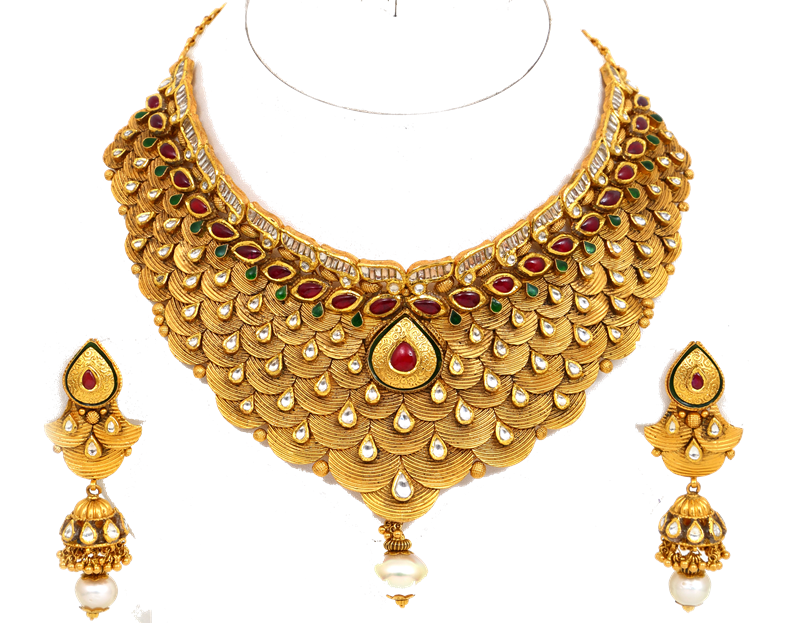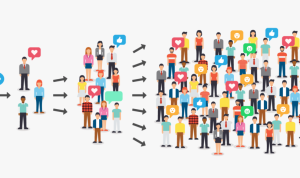Jewellery That Became a Viral Gift Trend Worldwide has taken the gifting scene by storm, captivating hearts and sparking joy across the globe. With its unique appeal and personal touch, jewellery has become the go-to option for celebrations, making it a beloved choice for birthdays, anniversaries, and special occasions. This shift towards jewellery as a thoughtful gift reflects not only changing consumer preferences but also the desire for meaningful connections through timeless pieces.
From delicate necklaces to intricate bracelets, the rise of social media influencers and online platforms has played a pivotal role in this trend, showcasing how a simple piece of jewellery can make a powerful statement. As more people share their experiences with these gifts online, the trend has continued to flourish, bringing new designs and styles into the limelight that resonate with diverse audiences.
In today’s fast-paced world, the importance of effective communication cannot be overstated. Whether in personal relationships or professional settings, how we convey our thoughts and ideas can significantly impact our interactions. This article delves into the nuances of communication, exploring various types, techniques, and the pivotal role it plays in our daily lives.### Understanding CommunicationCommunication, at its core, is the process of exchanging information, ideas, thoughts, and feelings between individuals.
It can occur verbally or non-verbally, and understanding the different forms it takes is essential to mastering this skill. #### Types of Communication
1. Verbal Communication
This includes spoken and written forms. Verbal communication is perhaps the most straightforward method of expressing oneself. Clear articulation, tone, and choice of words are crucial components that determine the effectiveness of verbal communication.
2. Non-verbal Communication
Body language, facial expressions, gestures, and posture convey messages often more powerfully than words. An eye-roll can express disdain, while a smile can indicate friendliness. This form of communication adds depth to our interactions.
3. Visual Communication
This encompasses the use of visual aids like graphs, charts, and images to express ideas. In a world increasingly driven by visuals, understanding how to effectively use visual elements can enhance communication significantly.
4. Written Communication
Emails, reports, and social media posts are all forms of written communication. The ability to write clearly and effectively is critical in both personal and professional contexts.### The Importance of Effective CommunicationEffective communication serves several essential purposes in our lives:
1. Building Relationships
Good communication is foundational to building and maintaining relationships, whether personal or professional. It fosters trust and understanding between individuals.
2. Conflict Resolution
Effective communication can help resolve misunderstandings and conflicts. By expressing thoughts and feelings clearly, individuals can address issues before they escalate.
3. Team Collaboration
In a workplace setting, clear communication enhances collaboration. Team members who communicate effectively are more likely to work together efficiently, leading to better outcomes.
4. Influencing Others
The ability to communicate persuasively can be a powerful tool. Whether trying to win an argument, gain support for a project, or motivate a team, effective communication can sway opinions and encourage action.### Techniques for Improving CommunicationImproving communication skills takes practice, but several techniques can facilitate this process:
1. Active Listening
One of the most crucial aspects of effective communication is listening. Active listening involves fully concentrating, understanding, and responding to what the other person is saying. This not only shows respect but also facilitates better understanding.
2. Clarity and Conciseness
Being clear and to the point is vital in communication. Avoiding jargon and overly complex language can help ensure that your message is understood by a broader audience.
3. Empathy

Understanding the feelings and perspectives of others is a vital aspect of communication. Empathy allows individuals to connect on a deeper level and can lead to more meaningful conversations.
4. Feedback
Providing and receiving feedback is an essential component of effective communication. Constructive feedback helps individuals improve, while also ensuring that messages have been understood correctly.
5. Adjusting Style
Different situations call for different communication styles. Being able to adjust your approach based on your audience can enhance effectiveness. For instance, a formal tone may be necessary in a business presentation, while a casual approach might work better in a friendly conversation.### Barriers to Effective CommunicationWhile striving for effective communication, individuals often encounter barriers that can impede the process:
1. Physical Barriers
Noise, distance, and environmental factors can hinder communication, particularly in face-to-face interactions.
2. Perceptual Barriers
Differences in perception can lead to misunderstandings. Individuals may interpret the same message differently based on their experiences and beliefs.
3. Emotional Barriers
Personal feelings can cloud communication. When individuals are upset or anxious, it can be challenging to express thoughts clearly.
4. Language Barriers
Language differences can create significant obstacles, especially in multicultural environments. Utilizing clear language and avoiding idioms can help bridge these gaps.
5. Cultural Barriers
Different cultures have varying communication styles and norms. Being aware of and respecting these differences is crucial in a globalized world.### The Role of Technology in CommunicationIn the digital age, technology has transformed how we communicate. Emails, social media, video calls, and instant messaging have created new avenues for interaction. While these tools can enhance communication, they also come with their own set of challenges:
1. Immediacy
Technology enables instant communication, which can lead to misinterpretations. The lack of non-verbal cues in written communication can result in misunderstandings.
2. Overload of Information
The sheer volume of information available online can lead to confusion. Individuals may struggle to discern important messages from the noise.
3. Loss of Personal Touch
Digital communication can sometimes lack the warmth of face-to-face interactions. It’s essential to incorporate personal touches, like video calls, when possible.### Enhancing Communication SkillsTo navigate the complexities of communication effectively, individuals can engage in several activities to enhance their skills:
1. Practice Public Speaking
Joining organizations like Toastmasters can help individuals improve their verbal communication skills in a supportive environment.
2. Engage in Active Listening Exercises
Practicing active listening with friends or colleagues can enhance understanding and empathy.
3. Seek Feedback
Asking for feedback on your communication style from trusted peers can provide valuable insights.
4. Read and Write Regularly
Engaging with various forms of written content can improve language skills and broaden vocabulary, enhancing overall communication.
5. Cultural Awareness
Educating oneself about different cultures and their communication styles can foster respect and understanding in diverse settings.### ConclusionEffective communication is an essential skill that permeates every aspect of life. By understanding its various forms, recognizing the importance of clear communication, and actively working to improve our skills, we can enhance our interactions with others. In a world that thrives on connection, mastering the art of communication not only benefits individuals but also strengthens relationships and communities.Ultimately, the journey to becoming a better communicator is ongoing.
As we embrace new technologies and navigate the complexities of human interaction, the ability to convey thoughts and emotions effectively will remain a vital component of our personal and professional success.
FAQ Explained: Jewellery That Became A Viral Gift Trend Worldwide
What types of jewellery are trending as gifts?
Popular gifts include personalized pieces like name necklaces, charm bracelets, and birthstone earrings.
How can I choose the right jewellery for a gift?
Consider the recipient’s personal style, occasion, and any significant symbols or meanings they may appreciate.
Are there ethical considerations when buying jewellery?
Yes, look for brands that offer ethically sourced materials and transparent production processes.
What is the best way to present jewellery as a gift?
Consider elegant packaging and a heartfelt note to add a personal touch to your gift.
How has social media influenced jewellery gifting trends?
Social media platforms allow for visual sharing of gift experiences, making jewellery more desirable through influencer endorsements and user-generated content.













